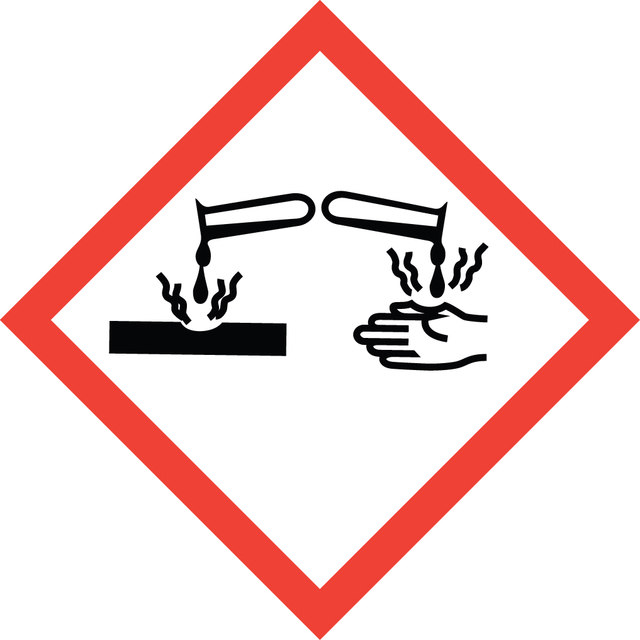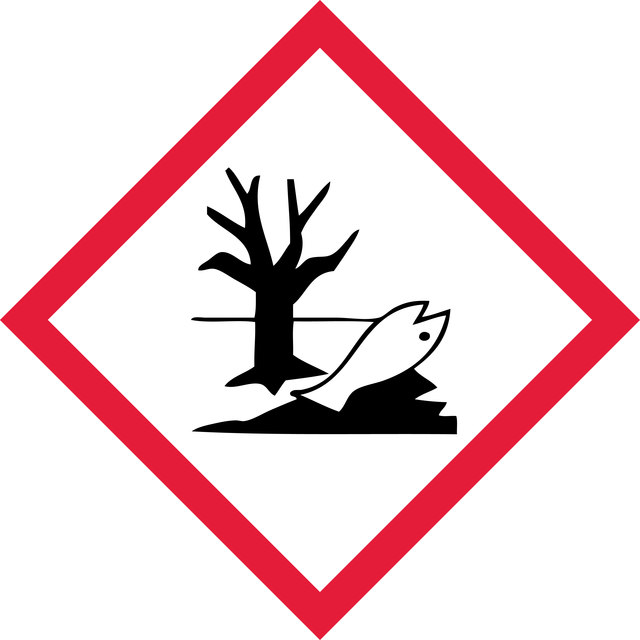Sign In to View Organizational & Contract Pricing.
Select a Size
About This Item
Empirical Formula (Hill Notation):
C8H7NO2
CAS Number:
Molecular Weight:
149.15
UNSPSC Code:
12352200
PubChem Substance ID:
MDL number:
NACRES:
NA.21
InChI
1S/C8H7NO2/c10-7-3-5-1-2-9-6(5)4-8(7)11/h1-4,9-11H
SMILES string
OC1=CC(C=CN2)=C2C=C1O
InChI key
SGNZYJXNUURYCH-UHFFFAOYSA-N
description
AldrichCPR
form
solid
Looking for similar products? Visit Product Comparison Guide
Application
5,6-Dihydroxyindole can be used as a building block to synthesize:
- Eumelanin biopolymers via copolymerization reaction with 2-carboxy-5,6-dihydroxyindoles.
- 4-[bis(1H-5,6-diacetoxyindol-2-yl)methyl]-1,2-diacetoxybenzene by reacting with 3,4-dihydroxybenzaldehyde.
- Fluoride anion sensing acetylated trimer molecule via acid-catalyzed polymerization followed by acetylation reaction.
Other Notes
Please note that Sigma-Aldrich provides this product to early discovery researchers as part of a collection of unique chemicals. Sigma-Aldrich does not collect analytical data for this product. Buyer assumes responsibility to confirm product identity and/or purity. All sales are final.
NOTWITHSTANDING ANY CONTRARY PROVISION CONTAINED IN SIGMA-ALDRICH′S STANDARD TERMS AND CONDITIONS OF SALE OR AN AGREEMENT BETWEEN SIGMA-ALDRICH AND BUYER, SIGMA-ALDRICH SELLS THIS PRODUCT "AS-IS" AND MAKES NO REPRESENTATION OR WARRANTY WHATSOEVER WITH RESPECT TO THIS PRODUCT, INCLUDING ANY (A) WARRANTY OF MERCHANTABILITY, (B) WARRANTY OF FITNESS FOR A PARTICULAR PURPOSE, OR (C) WARRANTY AGAINST INFRINGEMENT OF INTELLECTUAL PROPERTY RIGHTS OF A THIRD PARTY, WHETHER ARISING BY LAW, COURSE OF DEALING, COURSE OF PERFORMANCE, USAGE OF TRADE OR OTHERWISE.
NOTWITHSTANDING ANY CONTRARY PROVISION CONTAINED IN SIGMA-ALDRICH′S STANDARD TERMS AND CONDITIONS OF SALE OR AN AGREEMENT BETWEEN SIGMA-ALDRICH AND BUYER, SIGMA-ALDRICH SELLS THIS PRODUCT "AS-IS" AND MAKES NO REPRESENTATION OR WARRANTY WHATSOEVER WITH RESPECT TO THIS PRODUCT, INCLUDING ANY (A) WARRANTY OF MERCHANTABILITY, (B) WARRANTY OF FITNESS FOR A PARTICULAR PURPOSE, OR (C) WARRANTY AGAINST INFRINGEMENT OF INTELLECTUAL PROPERTY RIGHTS OF A THIRD PARTY, WHETHER ARISING BY LAW, COURSE OF DEALING, COURSE OF PERFORMANCE, USAGE OF TRADE OR OTHERWISE.
signalword
Danger
hcodes
Hazard Classifications
Acute Tox. 4 Oral - Aquatic Chronic 2 - Eye Dam. 1
Storage Class
11 - Combustible Solids
wgk
WGK 3
flash_point_f
Not applicable
flash_point_c
Not applicable
Choose from one of the most recent versions:
Already Own This Product?
Find documentation for the products that you have recently purchased in the Document Library.
5, 6-Dihydroxyindole chemistry: unexplored opportunities beyond eumelanin
d?Ischia M, et al.
European Journal of Organic Chemistry, 2011(28), 5501-5516 (2011)
T G Costa et al.
Bioinorganic chemistry and applications, 2012, 712840-712840 (2012-12-20)
In this work, we measured the metal-binding sites of natural and synthetic dihydroxyindole (DHI) melanins and their respective interactions with Fe(III) ions. Besides the two acid groups detected for the DHI system: catechol (Cat) and quinone-imine (QI), acetate groups were
A novel fluoride-sensing scaffold by a peculiar acid-promoted trimerization of 5, 6-dihydroxyindole
Panzella L, et al.
Tetrahedron, 65(10), 2032-2036 (2009)
Yongwoo Jang et al.
Experimental & molecular medicine, 53(1), 19-29 (2021-01-23)
Until recently, Nurr1 (NR4A2) was known as an orphan nuclear receptor without a canonical ligand-binding domain, featuring instead a narrow and tight cavity for small molecular ligands to bind. In-depth characterization of its ligand-binding pocket revealed that it is highly
John M Bruning et al.
Cell chemical biology, 26(5), 674-685 (2019-03-12)
Nurr1, a nuclear receptor essential for the development, maintenance, and survival of midbrain dopaminergic neurons, is a potential therapeutic target for Parkinson's disease, a neurological disorder characterized by the degeneration of these same neurons. Efforts to identify Nurr1 agonists have
Our team of scientists has experience in all areas of research including Life Science, Material Science, Chemical Synthesis, Chromatography, Analytical and many others.
Contact Technical Service

